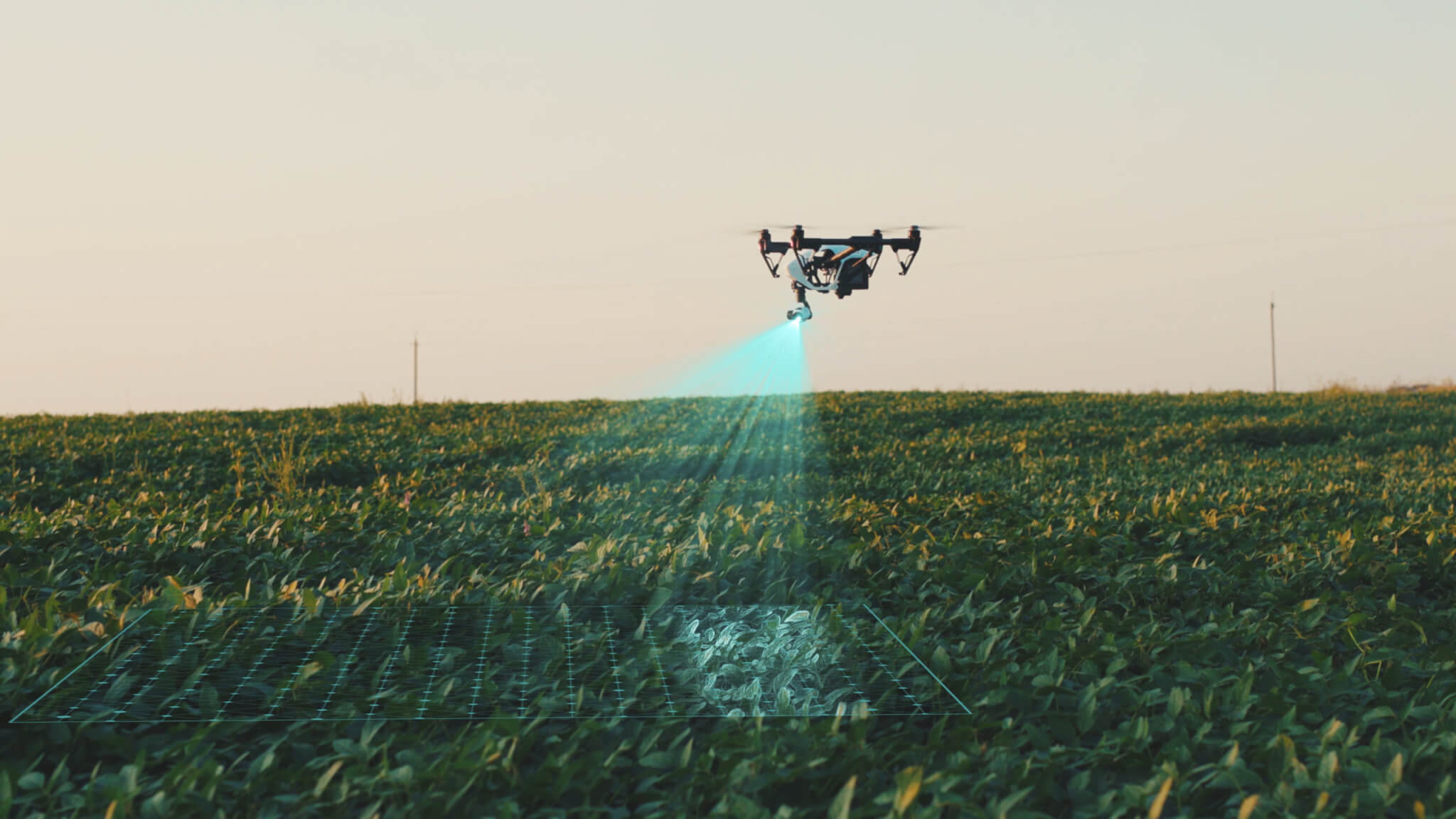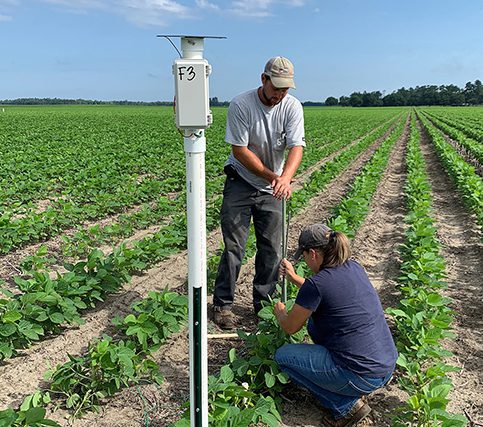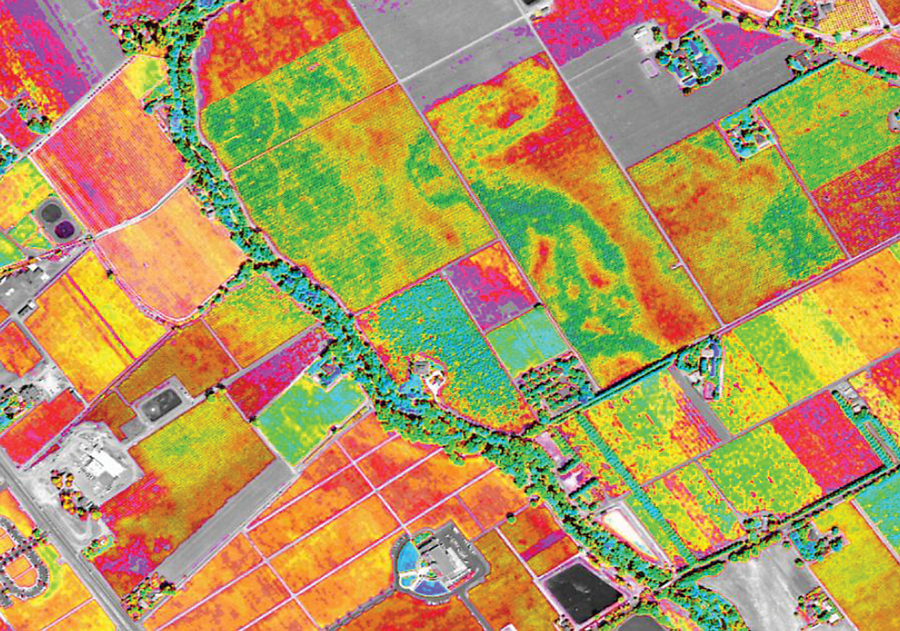
Agriculture is undergoing a quiet revolution. Faced with rising global food demand, limited arable land, and the growing threat of climate change, traditional farming methods are being re-engineered through technology. Precision and digital agriculture integrate sensors, drones, GPS, satellite imagery, and analytics to optimise every step of crop production — from soil preparation and seeding to irrigation, fertilisation, and harvest.
🌍 What Is Precision & Digital Agriculture?
Precision agriculture applies data-driven management to treat every part of a field according to its unique conditions. Using GPS-guided machinery, drones, and soil sensors, farmers can deliver the right input at the right place and time. FJDynamics International Limited explains it as the practice of combining hardware automation with smart data analytics to increase productivity and sustainability.
Digital agriculture takes this further, connecting farms through big data platforms and decision-support systems. ICL Group Ltd. describes it as “empowering growers to tap into agronomic data and make informed decisions for a sustainable future.” Platforms like Agmatix collect, clean, and analyse field data to generate AI-based recommendations.
🚀 Why It Matters Now
- Rising global population — expected to reach nearly 10 billion by 2050 — demands 50–60% more food production.
- Resource efficiency — water, fertiliser, and land use must be optimised to reduce waste and emissions.
- Climate variability — precision tools enable adaptive, climate-smart management.
- Consumer awareness — markets increasingly demand traceability, sustainability, and low-carbon produce.

🧠 Core Technologies in Precision Agriculture
1️⃣ Sensors & IoT
Soil-moisture, pH, temperature, and weather sensors provide granular real-time data. These inputs feed digital dashboards that alert farmers to irrigation needs or nutrient deficiencies.
2️⃣ Drones & Satellite Imagery
Equipped with multispectral cameras, drones monitor crop health and stress levels. Aerial imagery identifies pest or disease outbreaks before they spread.
3️⃣ GPS & Auto-Steering
FJDynamics’ AG1 guidance system uses GPS/RTK positioning for centimetre-level accuracy, reducing overlap and ensuring uniform application of seeds and fertilisers.
4️⃣ Analytics & Decision Platforms
Big-data platforms like Agmatix process field, weather, and satellite data to create prescription maps for variable-rate fertiliser or irrigation. This enables more yield with fewer resources.

🏆 Global Industry Leaders
FJ Dynamics International Limited (China)
A leader in autonomous agricultural machinery, FJDynamics provides auto-steer systems, GNSS guidance, and robotic solutions that improve accuracy and reduce labour dependency. Their technology is designed to be modular and cost-effective for small and medium-sized farms.
ICL Group Ltd (Israel)
Combining fertiliser innovation with digital tools, ICL’s platforms — including Growers App and Agmatix — deliver AI-based crop nutrition insights. The company helps growers manage soil fertility and water use efficiently while meeting sustainability targets.
Other Key Players
- John Deere (USA) — integrates computer vision and machine learning for site-specific spraying (“See & Spray”).
- Trimble Agriculture (USA) — provides GPS guidance and decision-support software for irrigation and nutrient optimisation.
- AG Leader Technology (USA) — develops precision-planting and yield-mapping systems for real-time field control.
📈 Benefits of Precision & Digital Agriculture
- 💧 Reduced input costs — farmers report up to 25 % lower fertiliser and water use.
- 🌾 Higher yields — better field management translates to 10–20 % yield gain.
- 🌱 Sustainability gains — lower carbon footprint and improved soil health.
- ⚡ Early stress detection — AI alerts allow timely pest, nutrient, or irrigation responses.
⚙️ Implementation Challenges
- High initial investment — though modular options like FJDynamics AG1 lower barriers.
- Data integration — managing multiple sensors and software systems requires training.
- Connectivity — rural broadband gaps can limit adoption.
- Skill gap — farmers need digital literacy and agronomic analytics support.
🔮 Future Outlook
The future of agriculture will be hyper-connected and data-driven. As hardware costs fall and AI capabilities expand, precision farming will become accessible even to smallholders in Asia, Africa, and Latin America. The integration of IoT, satellite, and machine learning will create “digital twins” of farms, providing a complete real-time overview of soil, crop, and climate interactions.
According to the OECD-FAO Agricultural Outlook 2025-2034, precision agriculture could reduce input costs by 15–25 % and increase yields by up to 20 %. As the global agritech market continues its projected 9 % CAGR through 2030, this revolution will shape how the world grows its food.

.png)
.png)
